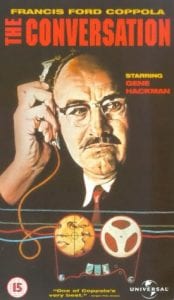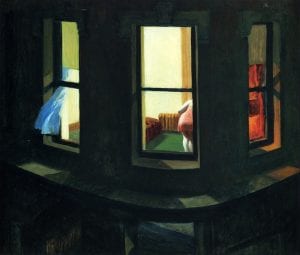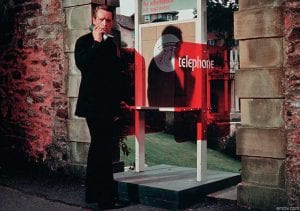
ESL/EFL lesson about hotel experiences, reservations and complaints, based on clips from the Coen Brothers’ Barton Fink
Barton Fink is a film situated at the beginning of what I think it is fair to call the Coen Brothers’ heydey in the 1990s, preceding as it does Fargo in 1996 and The Big Lebowski in 1998, a run interrupted only by the fine, but admittedly lesser work The Hudsucker Proxy in 1994. A satire of the Hollywood system in the 1940s, it came out a year before Robert Altman’s more contemporaneous, multi-protagonist “comeback” movie The Player in 1992. I mention the latter as each film delves into the more soul-destroying undercurrents of Tinseltown with a metafictional twist: the eponymous playwright turned screenwriter in the Coen brothers movie and Tim Robbins’s studio mogul in The Player both – in their quest for Hollywood glory – seem to become literally authors of their own dramas. Continue reading





 Louis Faurer, Accident New York City, 1952
Louis Faurer, Accident New York City, 1952

 Edward Hopper, Night Windows, 1928.
Edward Hopper, Night Windows, 1928.
